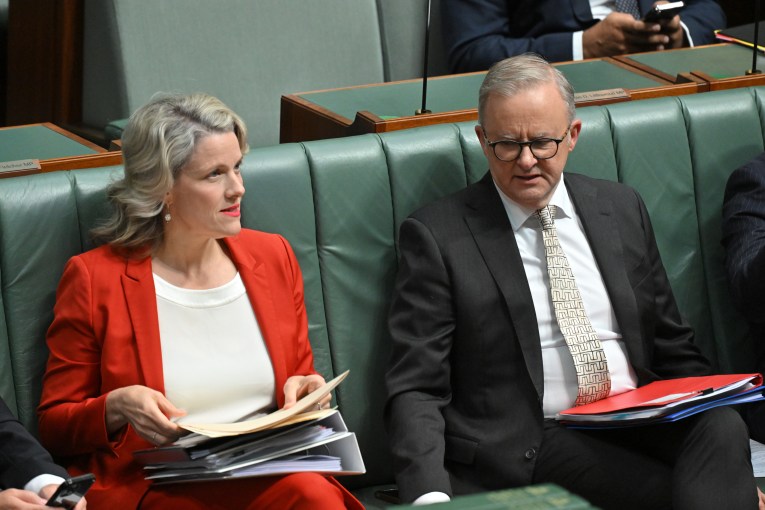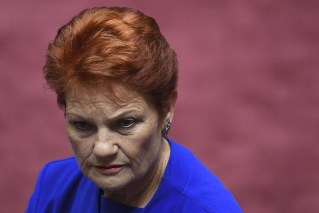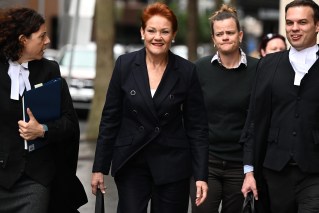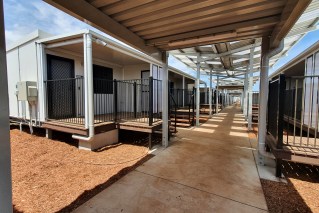Why a tick might be accepted on your Voice ballot, but a cross may not
Suggestions voters would not be able to use a cross on their ballot paper for the upcoming Indigenous voice referendum have been labelled weak and lazy by the government.
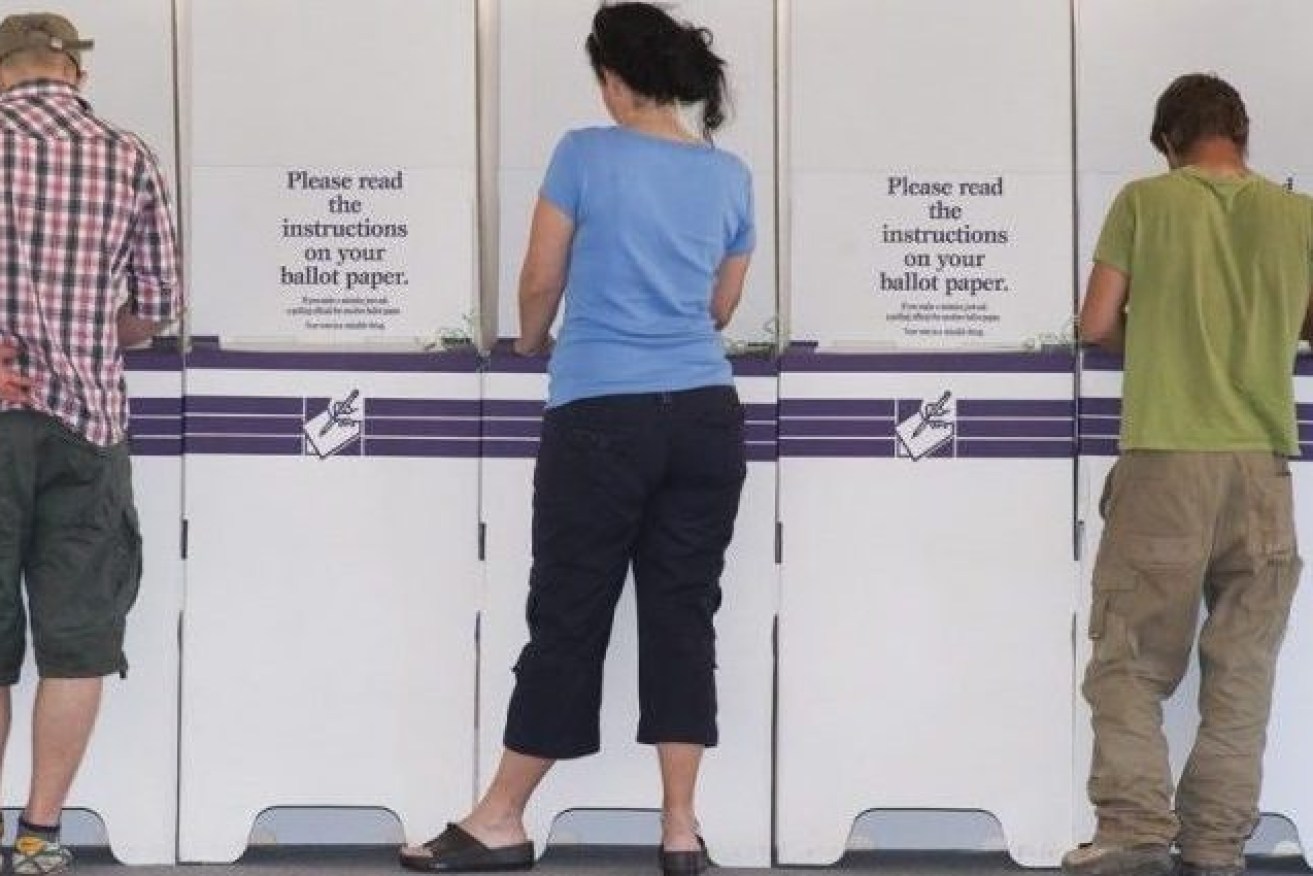
A record number of Australians have registered to vote in the referendum for an Aboriginal Voice to Parliament . (Image:AEC)
Ballot papers for the referendum will require people to write the word ‘yes’ or ‘no’ in the box, something made clear in instructions issued by the Australian Electoral Commissioner.
But Tom Rogers unintentionally triggered a debate after telling Sky News “a tick will be accepted as a formal vote of ‘yes’ but a cross will not be accepted as a formal vote”.
The comments led to suggestions from the federal opposition the provisions skewed in favour of the ‘yes’ vote and that a cross should be interpreted as a ‘no’.
Deputy leader Sussan Ley said the greater number of Australians from non-English backgrounds should mean ticks and crosses should be used.
“This is the modern era and we have a lot more Australians who don’t speak English and we want everyone to vote at this referendum,” she told Seven’s Sunrise program on Friday.
“People would simply say a tick is ‘yes’, a cross is ‘no’. So I think there’s time to get it right.”
But Education Minister Jason Clare said rules on referendum voting had not changed since one was last held 24 years ago.
“Sussan’s trying to make the argument that what a tick and a cross means now is different to what it meant in the 1990s or the 1980s. It’s just the weakest, laziest argument I’ve ever heard,” he said.
“These are the same rules we had for the last referendum back in 1999 and didn’t cause any confusion then.”
The Australian Electoral Commission said the formal voting instructions for the referendum are to clearly write ‘yes’ or ‘no’ in full and in English.
The commission expects the instructions to be followed, as they were in 1999 when the informal vote rate was 0.86 per cent.
The AEC has long-standing legal advice about ticks and crosses.
As well, “savings provisions” give the commission the ability to count a vote where the instructions have not been followed but the voter’s intention is clear.
A number of government and business forms allow a cross or “check mark” to be used to indicate a positive decision, leaving it open to interpretation or challenge by a polling booth scrutineer.
A tick may also be open to interpretation and may not count, depending on just how clear that mark is on the ballot paper, as would a ‘Y’ or an ‘N’ written in the box.
Opposition Leader Peter Dutton said a cross on a ballot paper should be able to count.
“Normally the approach of the AEC is that if somebody’s intent is clear, then they acknowledge that as a vote. But what we’re seeing here is quite a departure from that,” he told Nine’s Today program.
“Australians want to see a free vote, fair vote, in a democratic society. It doesn’t matter whether you’re a ‘yes’ or a ‘no’, the question is whether or not it’s a fair process.”
Mr Dutton, who backs a ‘no’ vote, said he would write to the electoral commissioner seeking clarification.
Prime Minister Anthony Albanese will announce the date for the referendum in South Australia on Wednesday next week.
The poll will determine whether an Indigenous voice will be enshrined in the constitution to recognise Aboriginal And Torres Strait Islanders as the first people of Australia.
